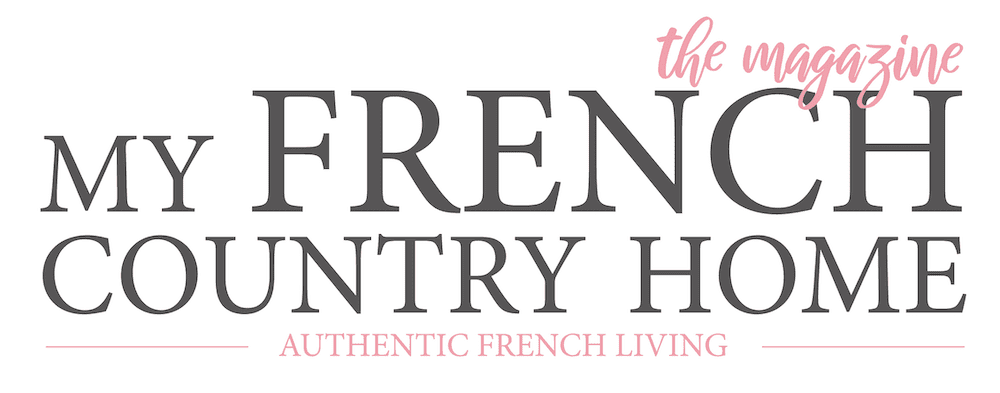Photos courtesy of © Michelin
**This article is a direct feature from the May/June 2024 My French Country Home magazine. To see more articles like this featuring fascinating history about French culture, be sure to subscribe to the magazine!**
In the world of haute cuisine, few accolades carry as much prestige as the coveted Michelin stars. However, the story behind the revered Michelin Guide, goes beyond fine dining. It starts with the Michelin tire company and a strategic marketing ploy that would forever alter the course of culinary history…
SUBSCRIBE TO THE MAGAZINE
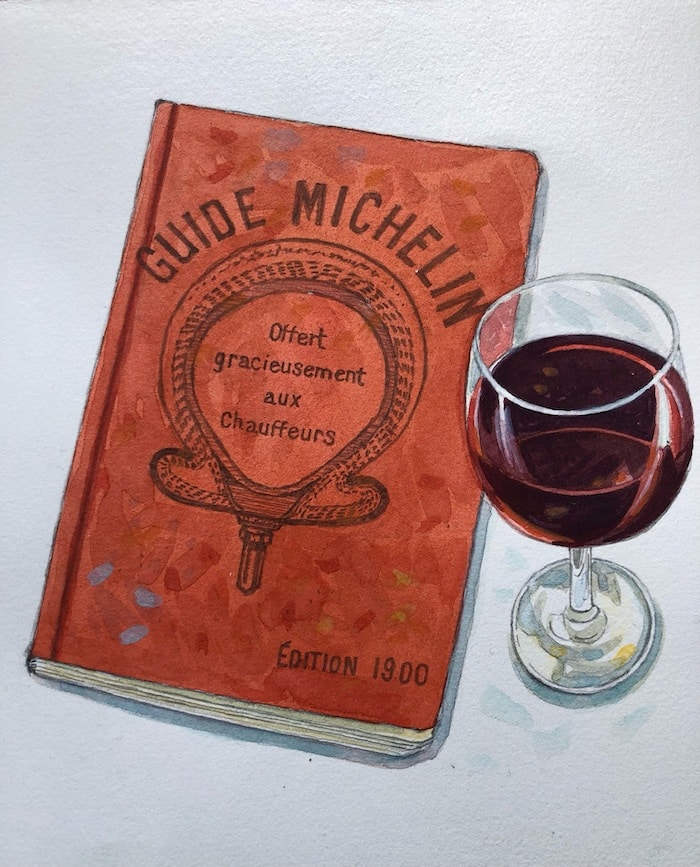
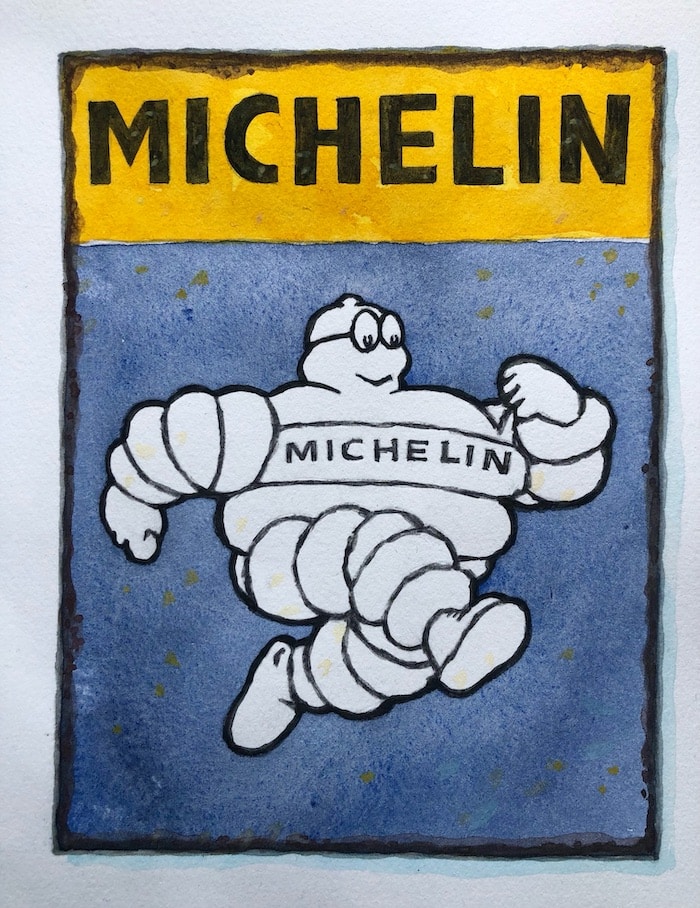
How it All Got Started
Back in 1899, the Michelin brothers, Édouard and André, weren’t dreaming about Michelin stars — they were driven, rather, by an ambitious vision for the French automobile industry. At the time, the number of cars across France amounted to less than 3,000, and drivers tended to stay relatively close to home. So to entice more people onto the roads the brothers came up with an ingenious idea: They would publish a free travel guide packed with useful details, including maps, information on how to change a tire, where to fill up on gas and… a curated list of dining and lodging options for those seeking a retreat from the day’s adventures. The Michelin Guide was born.
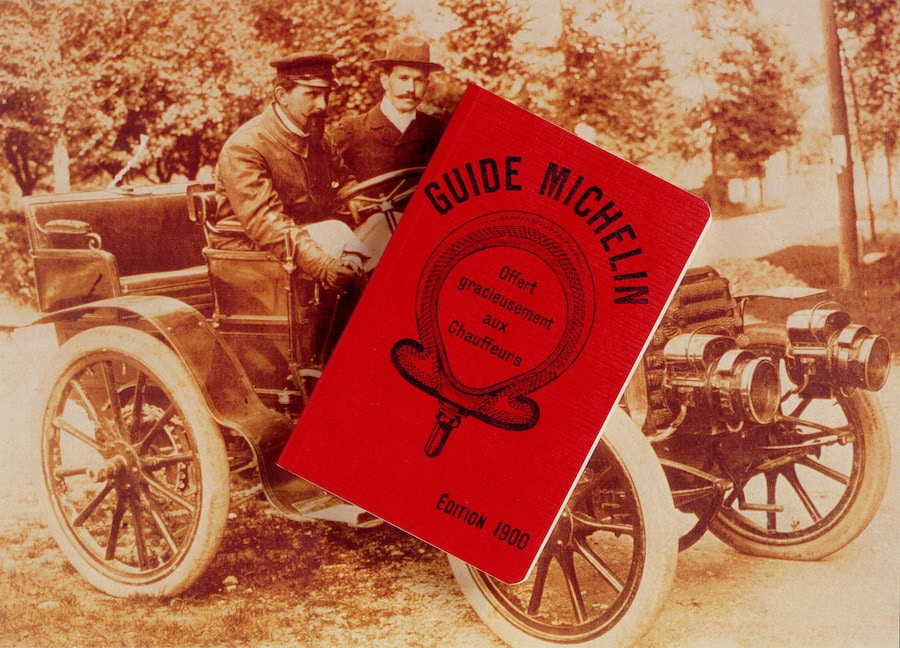
In those early days, the coveted awards were not stars but rather “rosettes.” These rosettes were awarded to restaurants based on the quality of their food, service, and ambiance. The subtle brilliance of this strategy lay in its not-so-unintended consequences. The more — and farther — people traveled to dine at Michelin-recommended establishments, the more wear and tear their tires would endure, leading to increased tire replacements and, by extension, greater profits for Michelin.
What the Michelin Guide Transformed Into
Fast-forward to 1926, and the Michelin Guide underwent a transformative evolution with the introduction of the Michelin star system. The stars — initially conceived as a means of simplifying the guide’s recommendations — quickly became the gold standard for culinary excellence.
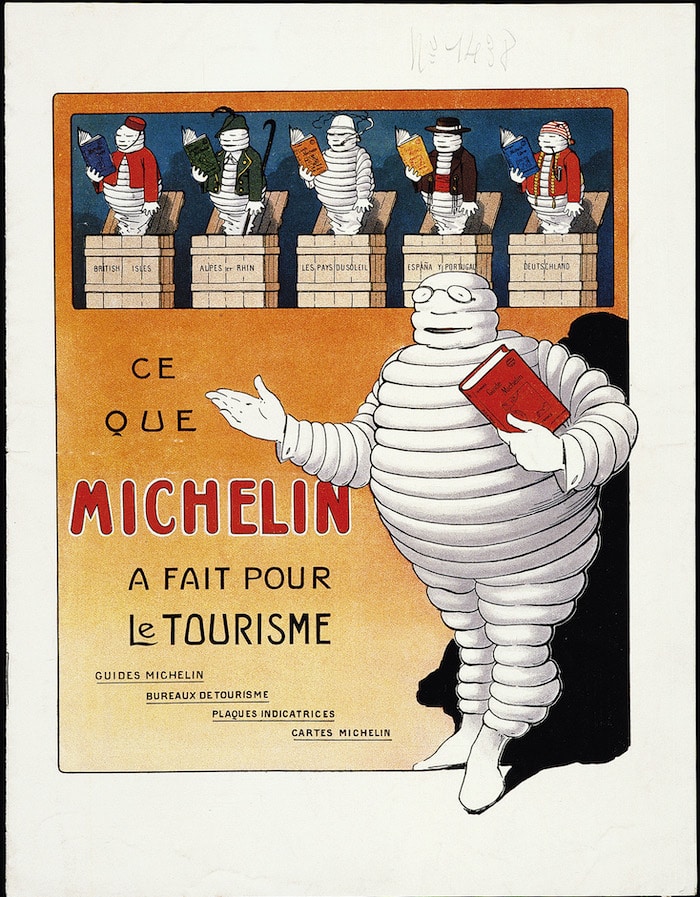
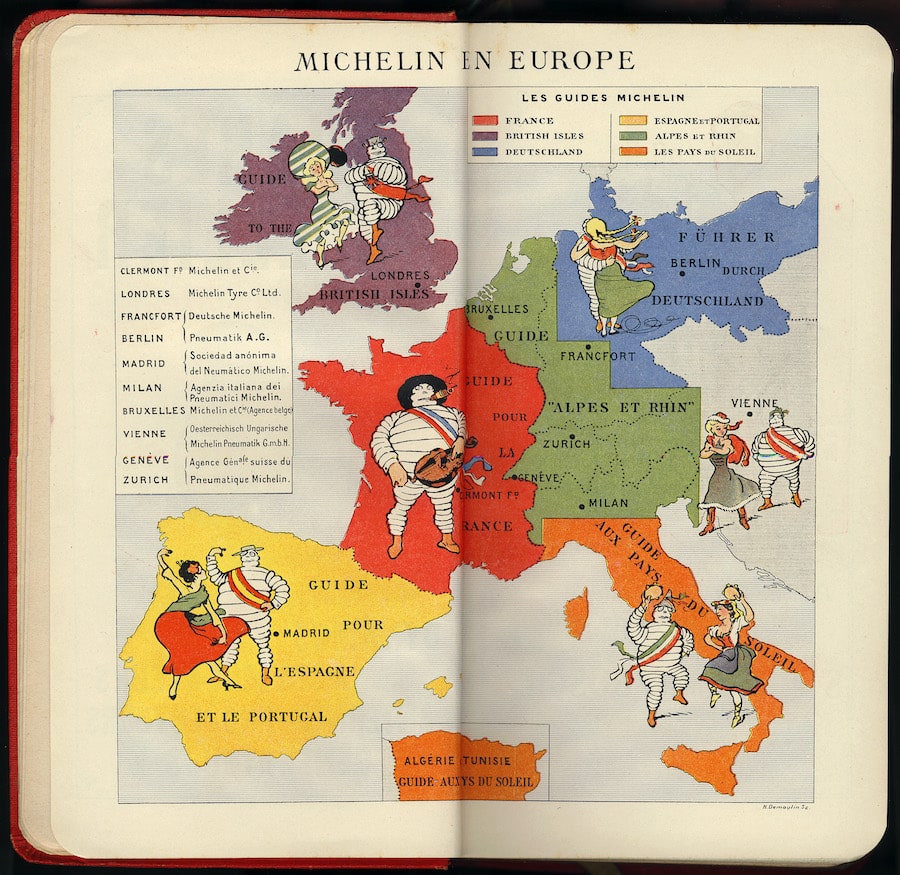
The rankings maintained their association with road trips:
One star designated that an establishment was “very good, worth a stop.”
Two stars stood for “excellent cooking, worth a detour.”
Three stars meant “exceptional cuisine, worth a special journey.”
To be awarded a star, restaurants had to undergo rigorous evaluation, considering factors such as the quality of ingredients, the skill of the chef, and the overall dining experience.
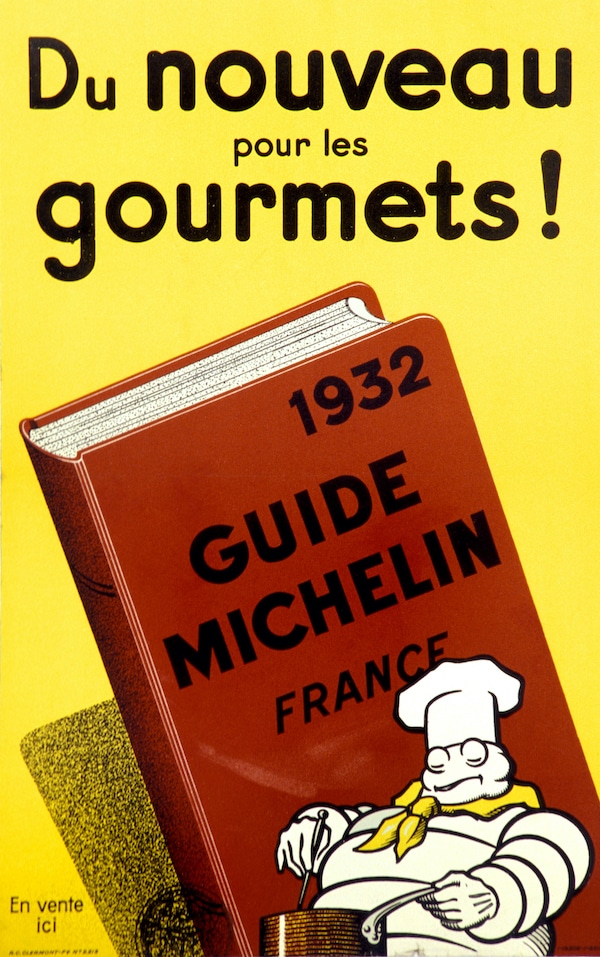
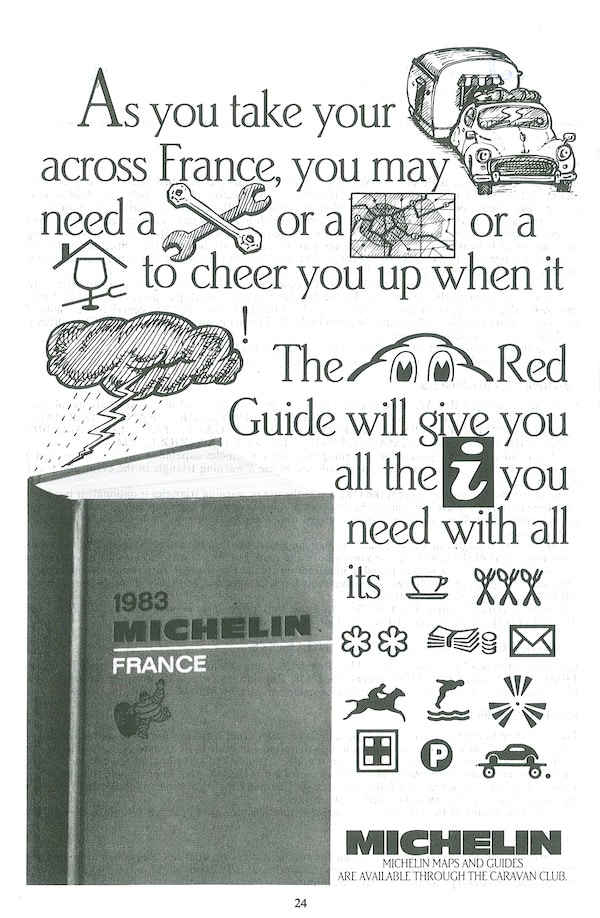
This revolutionary approach to reviews not only elevated the status of the Michelin Guide but also set a new benchmark for chefs and restaurateurs around the world, transforming culinary critique into a spectacle.
The Secrecy & Importance of the Ratings
Leaning into the showmanship, the identity of Michelin Guide inspectors is a well-guarded secret. They travel the world incognito, silently slipping into restaurants like seasoned spies with a discerning palate and a keen eye for detail. The element of surprise not only keeps chefs on their toes but also adds a layer of mystique to the entire experience, with chefs never knowing when they might make an appearance.
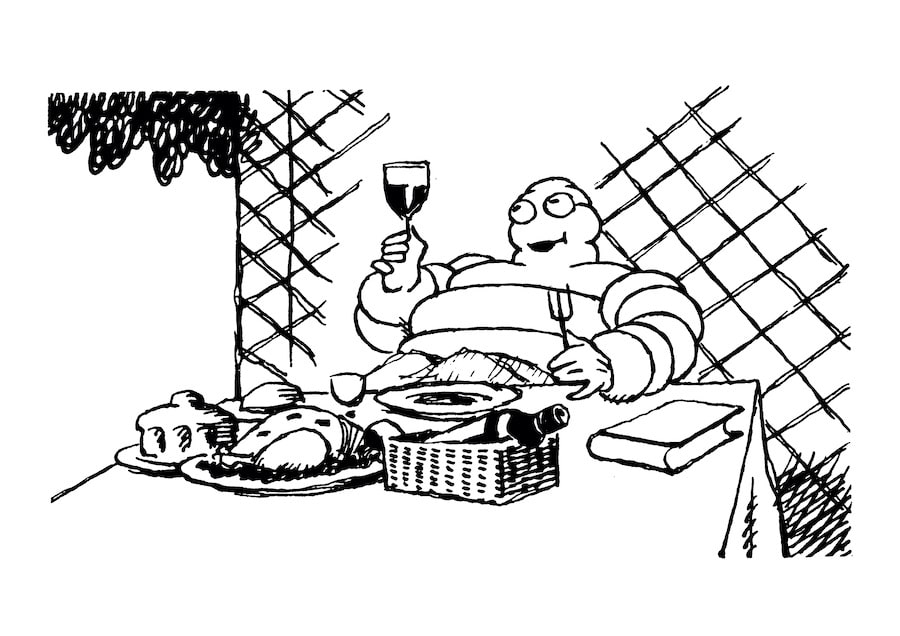
While securing a Michelin star has become the culinary equivalent of winning an Oscar, contrary to popular belief, Michelin stars aren’t awarded solely for luxurious, high-priced meals. The guide embraces diversity, shining a spotlight on the rich and diverse world of street food as much as it recommends opulent fine-dining experiences. It’s not about the white tablecloths or the price tag, but rather the talent emanating from the kitchen.
The Priceless Value of the Michelin Guide
Beyond the tire tracks and covert inspectors, the Michelin Guide’s lengthy life also offers up a snapshot of 20th century history, as it has borne witness to much more than food. During World War II, for example, the guide played an unexpected role in undermining the German occupation by publishing coded information that helped French Resistance members navigate the country. The inclusion of subtle markings, such as an extra star or a missing space, provided intelligence about fuel availability, safe houses, and other crucial details.
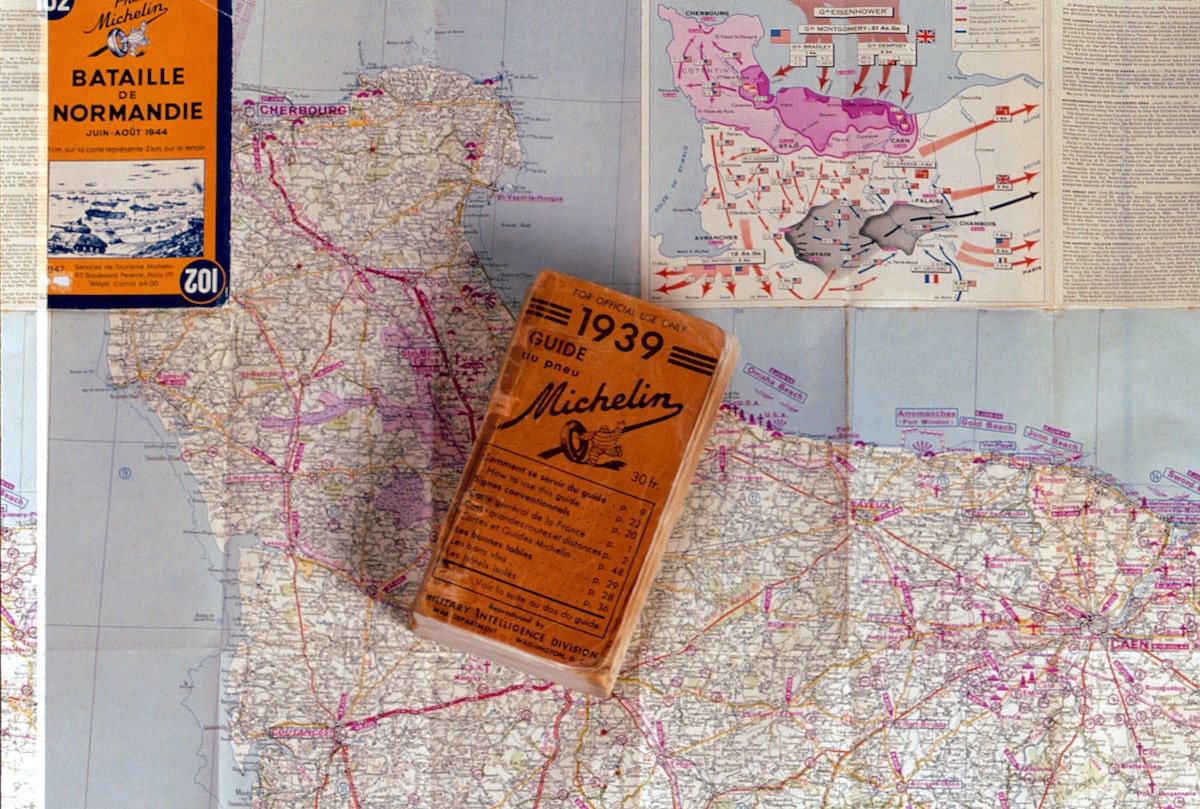
In more recent history, the Michelin Guide faced an audacious heist in 2017. Thieves stole the prestigious red guidebooks from a warehouse in France, raising questions about the motive behind the unusual theft. It turned out that the criminals were after the valuable paper used in the guides, which could be repurposed and sold on the black market.
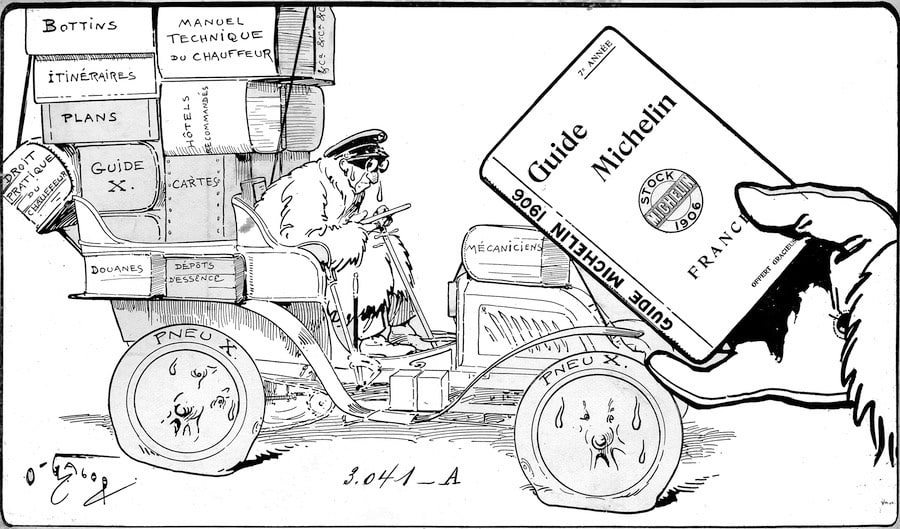
What started as a playful ploy to get people behind the wheel inadvertently evolved into a cultural artifact. The Michelin Guide observes the rise and fall of culinary movements and the chronicles the emergence of avant-garde chefs pushing the boundaries of gastronomy.
Today, the guide rates more than 30,000 establishments in at least 30 countries across three continents. The little Red Book has secured its place as an indispensable reference in the dynamic realm of cuisine thanks to its reputation for discerning taste, unbiased reporting and shining standards.
